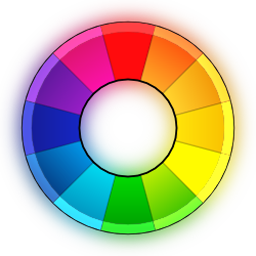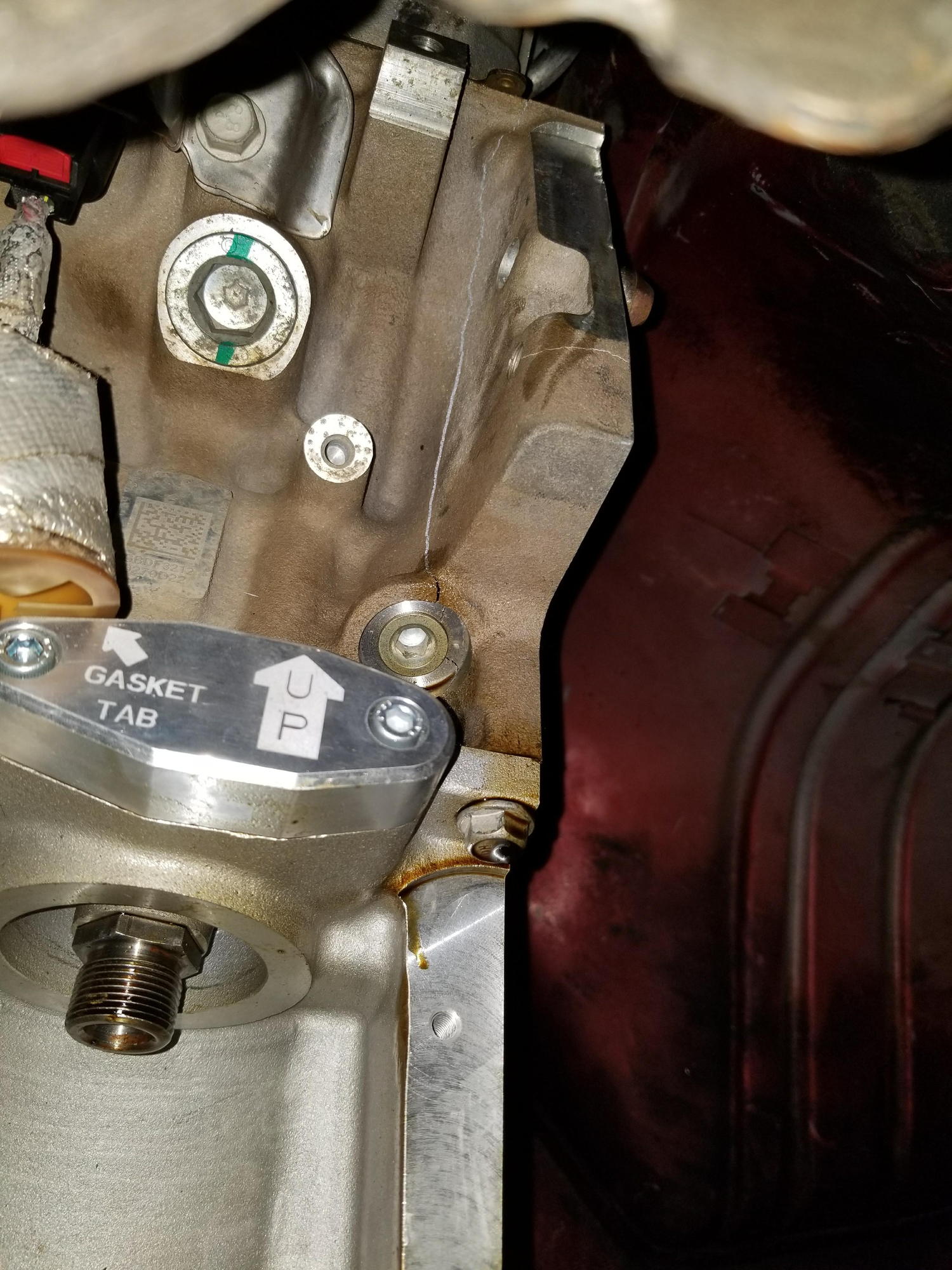

- RAWTHERAPEE 5.3 USER MANUAL HOW TO
- RAWTHERAPEE 5.3 USER MANUAL MANUAL
- RAWTHERAPEE 5.3 USER MANUAL OFFLINE
- RAWTHERAPEE 5.3 USER MANUAL WINDOWS
Sharpening is an intrinsic part of the digital workflow, and you'll find it employed by the best pros as well as the newest novices. The idea that the need for sharpening indicates some sort of error on the part of the photographer, or a problem with the image, is inaccurate. this is the only part of your post I'm going to comment on.

I don't know if this is the best way to use this sharpener, but it seems to work for me.įor the moment. Once I come close to a spread value I like, I increase the 1 in the box next to Do iteration to something like 10 to increase the number of iterations per click.

Whenever you change the spread value, the image resets to the initial image (like clicking Reset). In other words, if the image starts to degrade due to sharpening artifacts after only a few iterations, I lower the spread value and try again. Results seem best when the image still looks good after 10-50 iterations. Then I repeatedly press Do iteration while observing the image. The result never seems to work well for me so generally I multiply it by about 0.7 and manually enter that value. Then I click Guess and let the program estimate the spread value. Here's how I use the deconvolution sharpener. There is very little documentation for Image Analyzer so you have to experiment. Until then, I need all the help I can get.
RAWTHERAPEE 5.3 USER MANUAL HOW TO
Eventually I'll learn how to focus carefully and hold my camera steady. I'd appreciate any comments or advice on image sharpening. Currently this and First order IIR, a related method, are my preferred sharpening methods. The makeup artist's hair also has fewer bright strands, which I believe is more accurate. If you compare switched images, you can see that in this image the gold glitter is less sparkly (more realistic, I believe), object edges are cleaner, and the girl's freckles are more visible. Here I used RL Deconvolution in RawTherapee with the default parameter values.įinally, this image used Limit sharpen IIR in Image Analyzer.

I used a Gaussian blur, but I forget what values I used for spread and number of iterations. I have not used this sharpening method much and I'm not sure I chose the best parameter values.įor this image I used Restoration by Deconvolution in Image Analyzer. I used strength 250, radius 1.0, and threshold 0. I generated this image with Unsharp Mask in OV3. For consistency I generated all JPEGs with Image Analyzer. Then I generated an uncompressed, 16-bit, 1024x768-pixel TIFF image for further processing by various programs, including OV3 itself. This still applies a little Unsharp Mask sharpening, but it is a very small amount. To process it, I opened the RAW image with Olympus Viewer 3 and set Sharpness to -2, the minimum setting. I tried several methods to sharpen this image. I used the lens wide open to minimize motion blur, but this left me vulnerable to misfocussing due to beginner's neglect aggravated by the narrow depth of field.
RAWTHERAPEE 5.3 USER MANUAL MANUAL
I took this shot with a manual focus lens, the Zuiko OM 35mm f/2.8. I find the switched-aligned comparison method much more revealing than scrolling between two images.
RAWTHERAPEE 5.3 USER MANUAL OFFLINE
Offline I use two instances of IrfanView.
RAWTHERAPEE 5.3 USER MANUAL WINDOWS
In Chrome I create the windows by right-clicking on each image and selecting Open image in new tab. To compare two images, I switch between two aligned windows with a mouse click. It's not always easy to decide which method or parameter values seem best. I find evaluation of image sharpness quite subjective. I haven't yet compared all of the methods. In addition to the usual Unsharp Mask, I've looked at RL Deconvolution in RawTherapee and several advanced methods in Image Analyzer. So I've been investigating various sharpening methods. Because I'm an undisciplined beginner, my images invariably need a fair amount of sharpening.


 0 kommentar(er)
0 kommentar(er)
